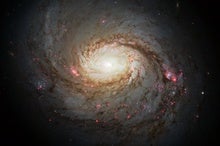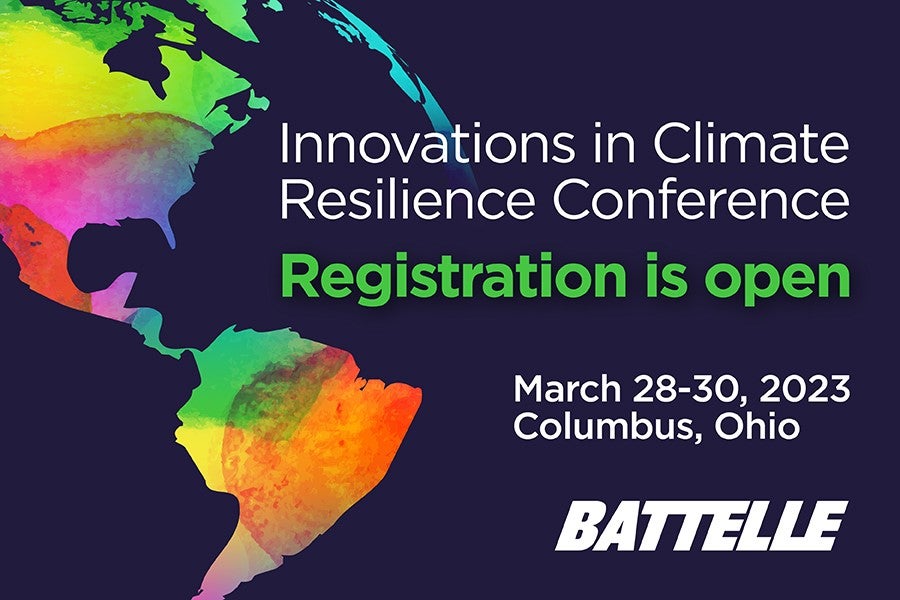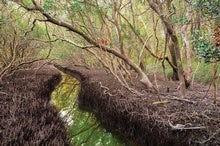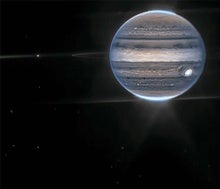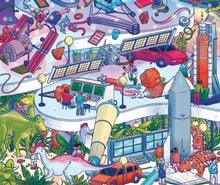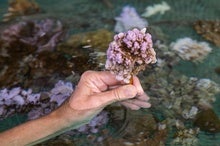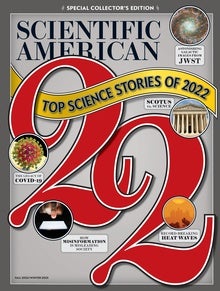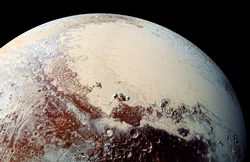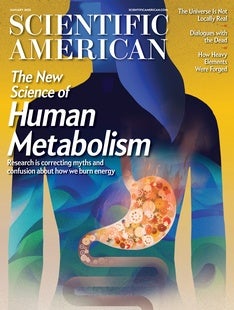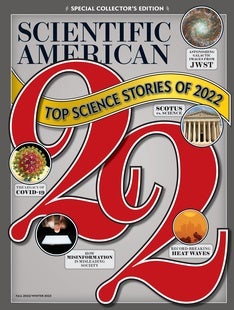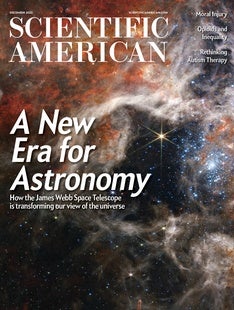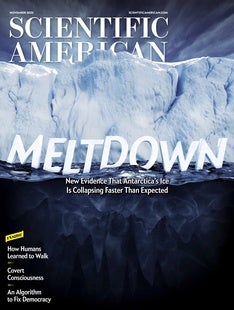 |
| December 22, 2022 |
Dear Reader,
This week, we're thinking about new beginnings. Our lead story previews the next phase of life for NASA's New Horizons spacecraft, which in March 2023 will emerge from hibernation past Pluto, in the depths of the Kuiper belt. In addition to observing the distant clouds of Neptune and Uranus, the spacecraft will also be seeking out another Kuiper belt object for a potential rendezvous, and may even turn its cameras back toward Earth to attempt to see our world as a pale blue dot from the solar system's edge. Elsewhere, we have stories about the origins of cosmic neutrinos, the six times quantum physics blew our minds in 2022, and more. This is the last space & physics newsletter for the year. The winter holidays are underway, and most of us at Scientific American (yours truly included) are winding down for a much-needed break. Please enjoy this special time with your friends and family, stay safe—and, of course, keep looking up. We'll see you bright and early in 2023. |
| |
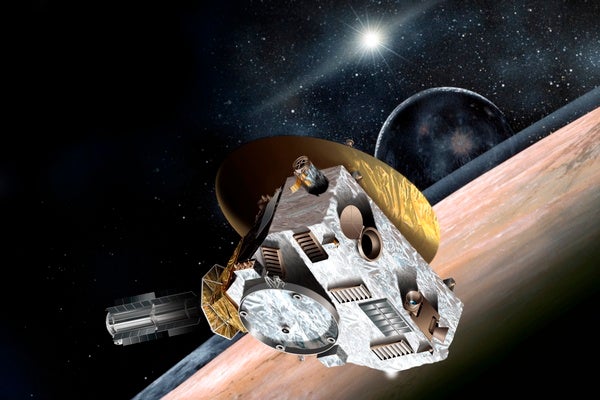 |
| |
| Quantum Physics 6 Times Quantum Physics Blew Our Minds in 2022 Quantum telepathy, laser-based time crystals, a glow from empty space and an "unreal" universe—these are the most awesome (and awfully hard to understand) results from the subatomic realm we encountered in 2022 | | | | |
| |
| |
| |
| |
| |
| Space Exploration Keep Looking Up As a dismal year on Earth draws to a close, milestones in space exploration offer much for the whole world to celebrate | | | | |
| |
FROM THE STORE
 | | | |
| |
FROM THE ARCHIVE
 | | | |
LATEST ISSUES
 |
| |
| Questions? Comments?  | |
| Download the Scientific American App |
| |
| |





